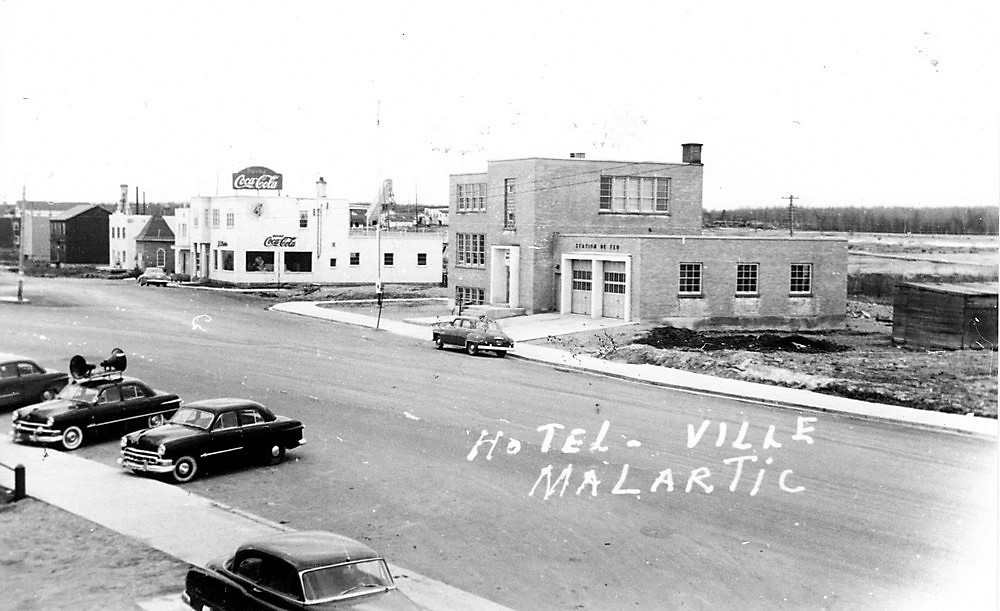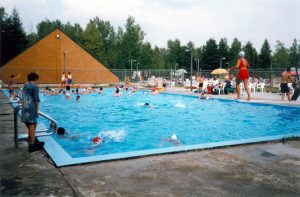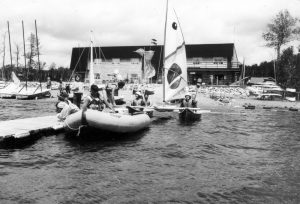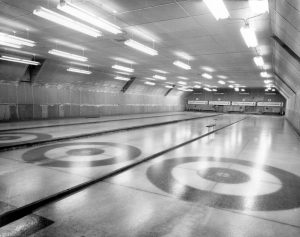First Gold Rush: Development and Prosperity
The Glorious Years
The relocation of Roc-d’Or also marked the development of Malartic. In 1943, houses that were not demolished were moved to vacant lots, which suddenly altered Malartic’s landscape.
On March 7, 1946, Mr. Armand Dumas replaced Mr. William Hetherington as Mayor of Malartic.
The 1950s marked the beginning of a prosperous era for the city. The mining industry was doing well and a lumber operation began in South Malartic. Several other services were established during the following years such as:
- Post office (1950);
- Private Hospital and health unit (1950);
- City Hall (1951);
- Arena (1951);
- New Catholic church, Saint-Martin-de-Tours (1952);
- Catholic High School (1951), Catholic and Protestant Grade Schools (1956);
In 1959, the population of Malartic is almost 7000 inhabitants.
Modern Amenities and Services
In the early 1960s, the local weekly newspaper Le Courrier de Malartic wrote about community life. It stopped publishing in 2005.
Malartic established a general hospital in 1967, which soon became a regional psychiatric hospital in 1969. A senior care facility, Villa St-Martin, was established in 1968 with a 32 bed capacity.
In 1965, the City’s recreational committee created a sub-commitee that supported the initative of citizens to provide the community with a modest library.
First established in the Knights of Columbus Hall, the venue’s popularity, repeated fundraising campaigns, and requests to local authorities, lead to the officially opening of Malartic Municipal Library, in a spacious room on the second floor of the Post Office on March 20, 1967,
New Outlook
In the 1970s, the City Council tried to diversify its economy by exploring its potential as a touristic destination. As a result, the Mining Museum, an outdoor facility at Lake Mourier, and a campground, were established. These facilities were in addition to those already in existence at the time, including: a tourism information centre, golf and curling club, and an arena.





